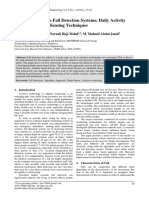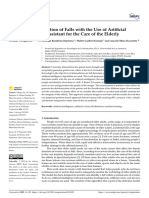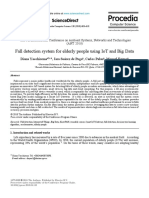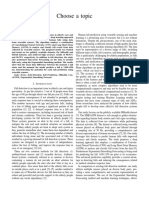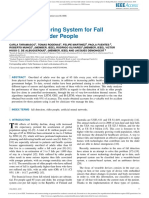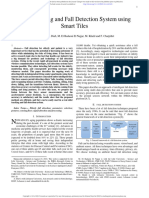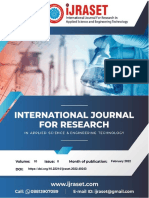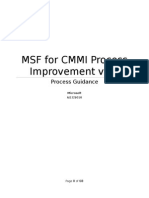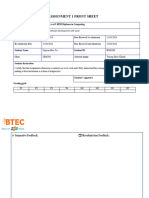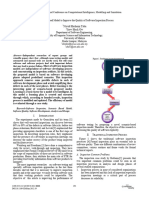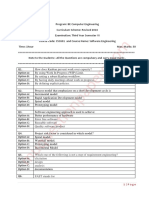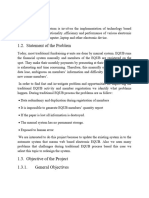0% found this document useful (0 votes)
7 views18 pagesSensor Sync
The document outlines a project focused on developing an AI-powered wearable technology aimed at preventing falls among elderly individuals. It describes a multi-layered system architecture that integrates advanced sensors, IoT, and AI to monitor movement patterns and predict fall risks, with testing showing an 85% accuracy in predicting falls. The goal is to enhance elderly independence and reduce healthcare costs associated with fall-related injuries through real-time monitoring and alerts for users and caregivers.
Uploaded by
rusha8132Copyright
© © All Rights Reserved
We take content rights seriously. If you suspect this is your content, claim it here.
Available Formats
Download as DOCX, PDF, TXT or read online on Scribd
0% found this document useful (0 votes)
7 views18 pagesSensor Sync
The document outlines a project focused on developing an AI-powered wearable technology aimed at preventing falls among elderly individuals. It describes a multi-layered system architecture that integrates advanced sensors, IoT, and AI to monitor movement patterns and predict fall risks, with testing showing an 85% accuracy in predicting falls. The goal is to enhance elderly independence and reduce healthcare costs associated with fall-related injuries through real-time monitoring and alerts for users and caregivers.
Uploaded by
rusha8132Copyright
© © All Rights Reserved
We take content rights seriously. If you suspect this is your content, claim it here.
Available Formats
Download as DOCX, PDF, TXT or read online on Scribd
/ 18












